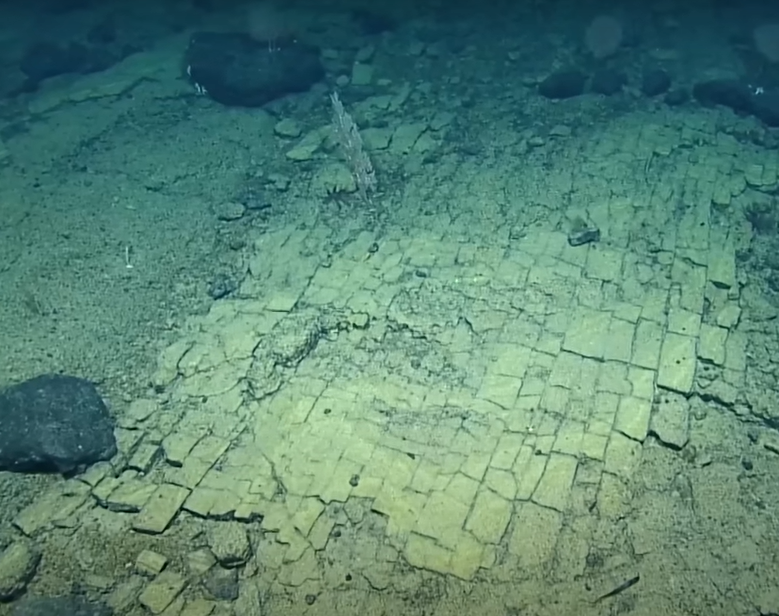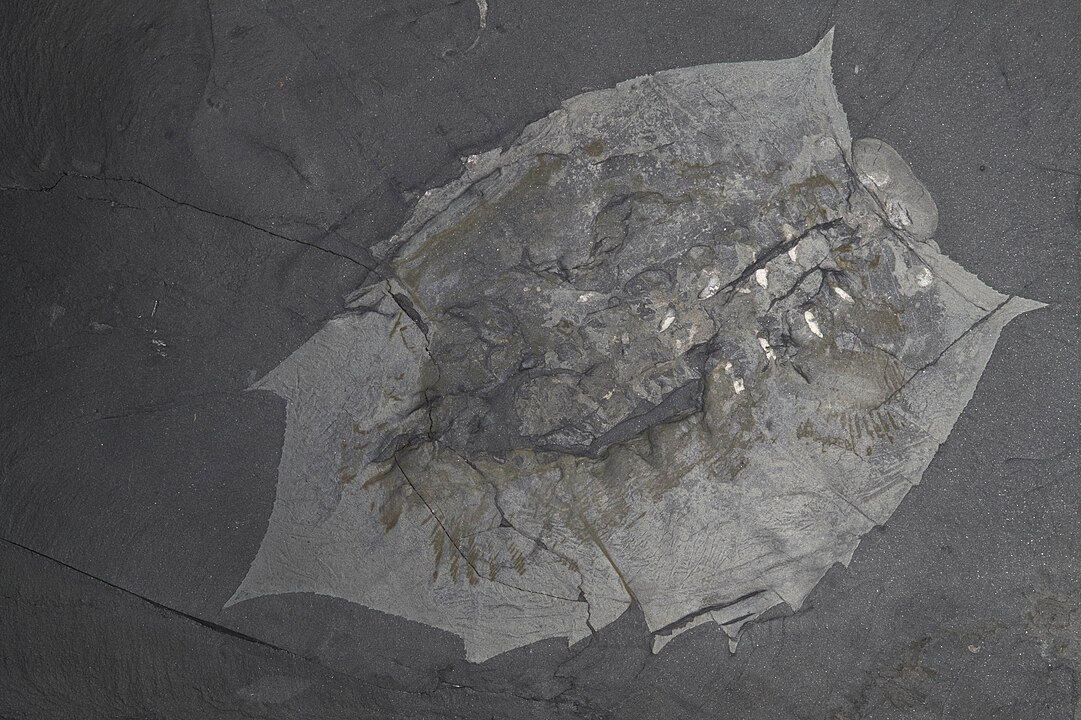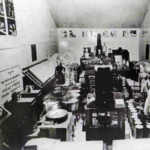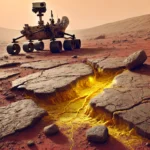A Monument of Power and Mystery
Qin Shi Huang, the first emperor of a unified China, is remembered for his sweeping reforms, massive architectural projects, and grandiose burial complex in Xi’an’s Lintong District. Among the many legends surrounding his tomb, one has stood out for centuries: the claim that vast rivers and seas of liquid mercury were used to recreate his empire underground. These accounts, dating back over 2,000 years, are increasingly supported by modern science.
“Elevated mercury levels near the tomb strongly align with ancient descriptions.”
Scientific Evidence Emerges
Recent studies have taken a multidisciplinary approach—combining archaeological surveys, historical texts, and advanced laser radar technology—to trace the true origin and presence of mercury at the site.
Key scientific observations include:
- Airborne mercury concentrations above the tomb mound have been measured at levels up to 27 ng/m³, significantly higher than the area’s typical background range of 5–10 ng/m³.
- Soil samples near the site have shown mercury content of up to 2204 parts per billion, far above regional norms.
- These emissions likely stem from cracks in the underground chamber, supporting the belief that mercury remains sealed within, slowly escaping over time.
Xunyang’s Ancient Mines Identified as the Source
The mystery of where the mercury came from may now be solved. Archaeological surveys in Xunyang, just over 100 kilometers from the mausoleum, point to ancient cinnabar mines—specifically at Shimiaogou, Chuantangping, and Guojiawan—as the likely suppliers. These sites:
- Contain artifacts spanning from the Neolithic to the Qing Dynasty, suggesting continuous mining activity.
- Show evidence of processing, trade, and transportation networks, particularly through the Shengjia River valley.
- Are located in a region that holds 20% of China’s known mercury reserves.
Findings from these mining hubs include Neolithic ceramics, Qin Dynasty roofing tiles, and tools for cinnabar handling, all reinforcing their historical role in mercury extraction and trade.
The Emperor’s Fatal Obsession
Beyond its symbolic use, mercury also played a tragic role in the emperor’s personal quest. Historical analysis suggests Qin Shi Huang may have died from mercury poisoning, a result of consuming so-called immortality elixirs crafted from the same substance now found in his tomb.
“His drive for eternal life may have led to an early death.”
This paradox underscores the ancient belief that mercury was the “water of life”—a mystical element tied to longevity and power.
Caution in Excavation Plans
While thousands of Terracotta Warriors have been unearthed nearby, the tomb itself remains sealed. Experts are cautious due to:
- The potential toxicity of mercury fumes.
- Fear of irreversible damage to artifacts upon exposure to air, similar to how paint on Terracotta figures faded after excavation.
- The need for better technology to safeguard delicate relics before any major dig.
Modern Implications Beyond Archaeology
This discovery offers a wider reflection on human attempts at permanent underground storage, drawing comparisons between Emperor Qin’s mercury-filled chamber and modern nuclear waste containment efforts. Both share the challenge of containing hazardous material for millennia, highlighting the difficulty of engineering truly eternal enclosures.
“Even with ancient craftsmanship, long-term leakage became inevitable.”
Conclusion
What began as legend is now increasingly verified through science. The presence and origin of mercury in the tomb of Qin Shi Huang not only corroborate historical records but also provide a rare window into ancient Chinese engineering, belief systems, and resource networks. With cutting-edge technology and careful excavation planning, more secrets of this monumental site are sure to be revealed.
















